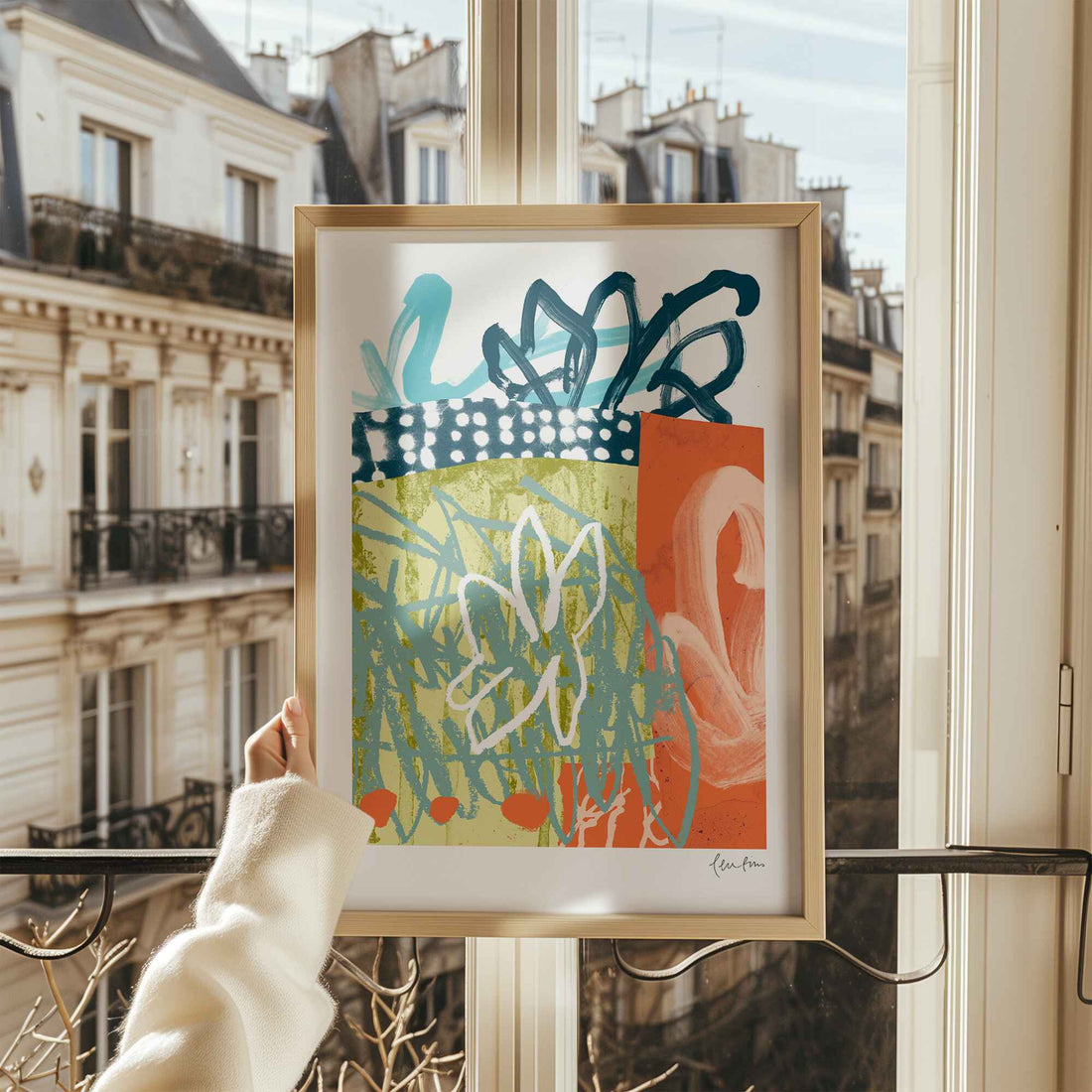There are those who look, and there are those who see. Seeing is an immediate act. Looking, on the other hand, requires presence, intention, and openness. Seeing is biological; looking is a decision. When we look, we choose. And in the act of looking, we can create.
This seemingly trivial difference is key to understanding how we relate to the world, to others, and to art.
In his book About Looking, John Berger points out that looking is not just a function of the eyes, but an experience of consciousness.
But what we see is never purely visual: we project culture, education, beliefs, desires, and memory onto it. The way we see things is conditioned by what we know or believe. This means that every gaze is an act of reading. And that we must learn to unlearn in order to see anew, with fewer filters and greater receptivity.
The gaze is selective: it filters, focuses, and ignores. In art, looking at a work is an active dialogue: it speaks to us, and we speak to it. There is no single way to look at a painting, a landscape, or a face.
Art doesn't offer us answers; it teaches us to look better. To notice details. To tolerate mystery. To inhabit slowness. A drawing, a sculpture, a painting: they are not objects, but windows. To truly look at a work of art is to let yourself be touched by what cannot be put into words.
There is a way of looking that doesn't seek to understand or analyze, but simply to be present. It is a contemplative gaze, akin to meditation and artistic practice. Looking in order to discover.



